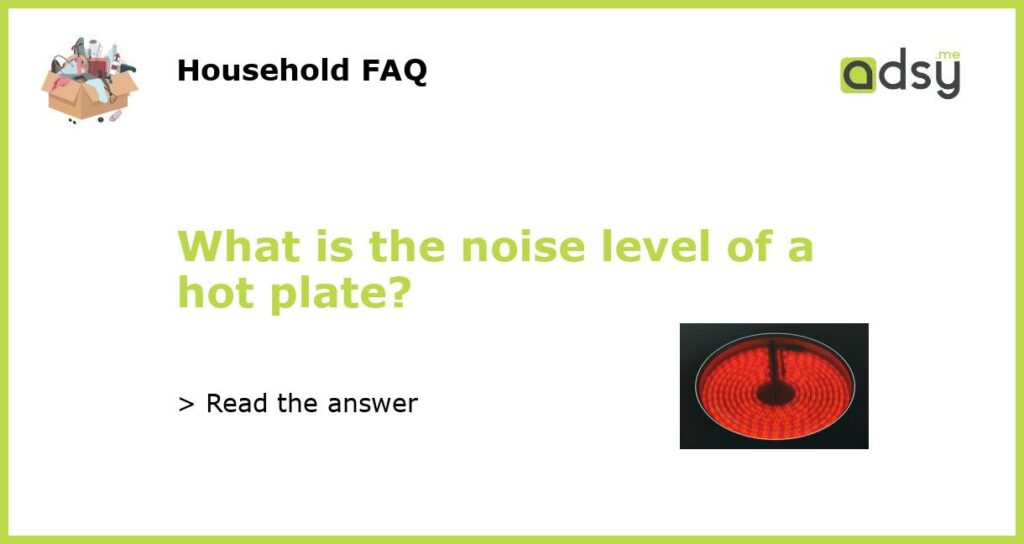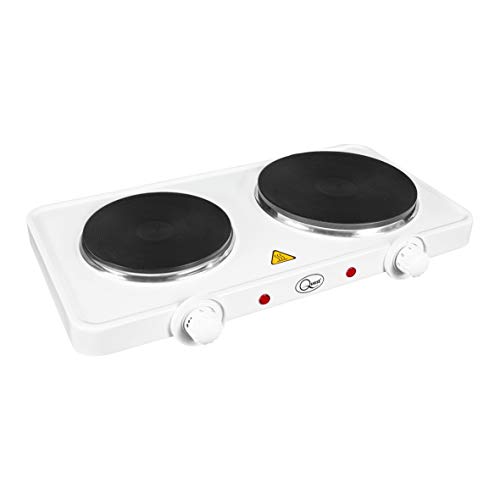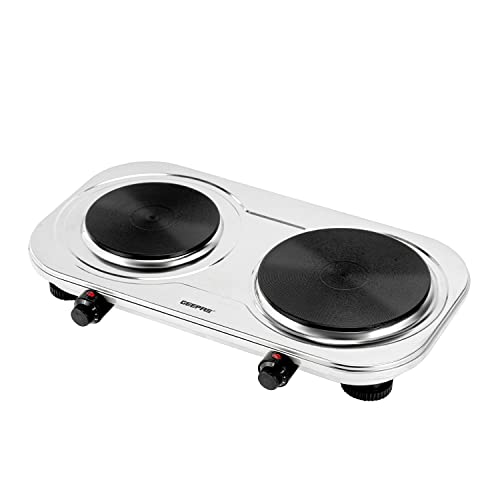The Importance of Understanding Hot Plate Noise Level
A hot plate is a common laboratory equipment used for heating solutions or samples. However, beyond its heating capabilities, noise level is also an important aspect to consider. The noise level of a hot plate can affect the accuracy of experiments, as well as the comfort of the laboratory staff. In this article, we will delve into the different sources of noise in a hot plate, why it matters, and how to measure it.
Sources of Noise in a Hot Plate
Noise in a hot plate can come from various sources, which can be classified into mechanical, electrical, and magnetic sources. Mechanical sources are caused by the vibration of the hot plate’s components, such as the motor or fan. Electrical sources are derived from the circuitry that powers the hot plate, including the transformer and rectifier. Magnetic sources come from the interaction between the magnetic field generated by the hot plate and the surroundings.
Why Noise Level Matters
Noise level of a hot plate can affect the reliability of experiments, especially those that involve sensitive measurements. For instance, in microstructure characterization using x-ray diffraction, the noise level of the hot plate may introduce spurious peaks that can interfere with the main signal. Similarly, in electrochemistry experiments, the noise from the hot plate can affect the accuracy of the potentials measured at the electrode. Additionally, high noise levels can cause fatigue and distraction for laboratory staff, which may lead to errors in handling the equipment.
Measuring Noise Level of a Hot Plate
Measuring the noise level of a hot plate requires specific equipment, such as a sound level meter (SLM). An SLM consists of a microphone that captures the sound waves, which are then converted into electrical signals. The SLM displays the sound level in decibels (dB), which is a logarithmic unit of sound pressure level. To measure the noise level of a hot plate, the SLM should be placed at a fixed distance from the hot plate, typically at the operator’s ear level. The hot plate should be turned on at a specific setting, and the noise level should be measured in conditions similar to those of the actual experiment.
Reducing Hot Plate Noise Level
There are several ways to reduce the noise level of a hot plate. One of the most effective ways is to use a hot plate with a solid-state heating element instead of a mechanical stirring system. Solid-state hot plates generate less mechanical noise because they do not have any moving parts. Another way is to use anti-vibration platforms or mats that absorb the vibration of the hot plate. Additionally, placing the hot plate in an acoustically insulated enclosure can reduce the noise level. Finally, regular maintenance and cleaning can prevent the buildup of debris and friction, which can increase the noise level of the hot plate.






